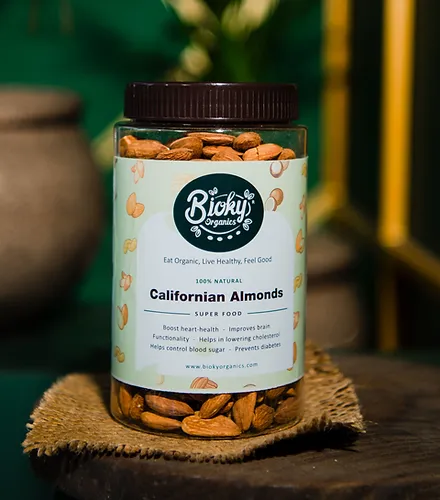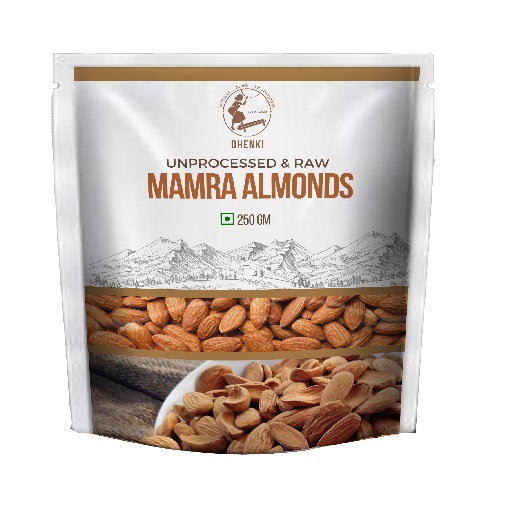Giving your taste buds a treat every time you munch them, California almonds are grown in the Mediterranean climate of California. The annual lifecycle of almonds has various stages and is loaded with natural beauty. Growing almonds is certainly a long-term commitment whereby the orchards that opt for it produce for at least 25 years. They yield the first batch of crops about 3 years after the planting phase.
Almonds trees generally undergo a period of dormancy from November to January, losing all their leaves and rejoicing in the wet and cool winters of California. The almond orchard soil stores the rainwater it receives during this period for use in the forthcoming growing season, while the trees save energy and nutrients for the next batch of crops. By the end of the dormancy, almond buds start swelling on the branches of each tree, preparing to bloom.
These buds bloom into amazing light pink and white shades from the middle of February to March. It is when the beekeepers bring the bee hives into almond orchards to employ the bees to assist with crop pollination. With the trees blossoming, the honey bees search for nectar and pollen, getting them to their hives as food stock for the rest of the year. As the bees take their turn visiting each tree, they help pollinate the almond blossoms by transferring the pollen between different almond trees within an orchard. So for every almond you consume, a honey bee deserves a thank you note for pollinating the almond blossom. In turn, the bees pollinating the almond harvest leave them stronger and healthier than in the state they arrived in.
The almond kernels grow and mature between March to June. During this period, the shell also hardens and is protected by a coarse outer hull. Farmers start irrigating their almond orchards post-onset of summer. The hard almond hulls open up during July, eventually uncovering the almond shell, and letting the kernel within dry. The outer hull turns into the straw-yellow shade just before the harvest season and completely opens up. The crop is harvested through a vigorous shaking process conducted by the tree shakers between August to October.
The almond dries naturally while still enjoying the protection of the outer shells and hull for a span of 7 days to 10 days in the soothing warm California summer before being swept in rows by the 'sweeper' machine. This is followed by a harvester collecting the nuts in a cart to get them to the end of the orchard for transporting them to the next destination of their harvest journey. The almonds reach the sheller facility, whereby the kernels are made to pass through a big roller to get rid of the shell, hull, or any debris that comes from the orchard, like rocks or sticks. The best part of California almonds is that the farmers adhere to a zero-waste policy, ensuring everything produced is put to good use. As a result, the unused almond shells are put to use for livestock bedding, while the hulls are an important dairy food. The next step in the production process is sizing, where the kernels are categorized into different bins depending on their size.
Once done with the sizing, these almonds are stored in airtight storage to retain their quality before use. Accounting for about 80% of the almond supply in the world, California almonds are available to all the almond lovers present in about 90 countries.









